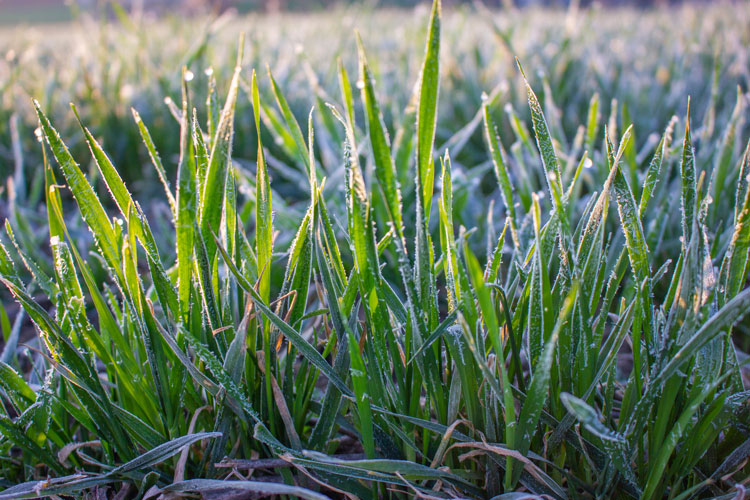Terahertz tool detects frost damage in crops
- Like
- Digg
- Del
- Tumblr
- VKontakte
- Buffer
- Love This
- Odnoklassniki
- Meneame
- Blogger
- Amazon
- Yahoo Mail
- Gmail
- AOL
- Newsvine
- HackerNews
- Evernote
- MySpace
- Mail.ru
- Viadeo
- Line
- Comments
- Yummly
- SMS
- Viber
- Telegram
- Subscribe
- Skype
- Facebook Messenger
- Kakao
- LiveJournal
- Yammer
- Edgar
- Fintel
- Mix
- Instapaper
- Copy Link
Posted: 6 October 2020 | Mandy Parrett (New Food) | No comments yet
A collaborative group based at the University of Adelaide has tested the viability of a new imaging system to detect frost damage in crops.


Agricultural scientists and engineers have demonstrated they can successfully screen barley plants for frost damage non-destructively with imaging technology that uses terahertz waves.
“Frost is estimated to cost Australian grain growers $360 million in direct and indirect losses every year,” says project leader Professor Jason Able, at the University‘s School of Agriculture, Food and Wine.
“To minimise significant economic loss, it is crucial that growers’ decisions on whether to cut the crop for hay or continue to harvest are made soon after frost damage has occurred. However, analysing the developing grains for frost damage is difficult, time-consuming and involves destructive sampling.”
Crops such as barley and wheat are susceptible to frost damage to varying degrees, based on such variables as weather severity, plant genetics and management practices. A one-degree difference in air temperature could escalate frost damage from 10 to 90 percent in wheat.
Supported by the University’s Waite Research Institute and the Grains Research and Development Corporation, the researchers tested whether a state-of-the-art imaging system, at the Terahertz Engineering Laboratory in the School of Electrical and Electronic Engineering, could be used to scan both barley and wheat spikes for frost damage.
Terahertz imaging gives early warning
Terahertz waves, which lie between microwave and infrared in terms of wavelength, are able to penetrate the plant spike to determine differences between frosted and unfrosted grains.
“Barley and wheat spikes subjected to frost do not necessarily show symptoms for many days until after the frost event,” says Professor Able. “This technology holds promise for identifying frost damage before symptoms can be visibly detected.”
The researchers, including Dr Wendy Lee, Dr Ariel Ferrante and Associate Professor Withawat Withayachumnankul, found that terahertz imaging can distinguish frosted from unfrosted spikes on barley plants, and that the results were repeatable over many scans. This imaging technology was also able to determine individual grain positions along the length of the individual spike.
“This technology could possibly be developed into a field-based tool, which could be used by growers and agronomists to assist with their crop management and help minimise losses due to frost,” says Professor Able. “The technology as it stands could also be used by plant breeders to make more rapid and more informed selection decisions about the performance of one breeding line over many others.”
The research team is looking to develop a working prototype for field tests with other collaborators.
The study was published in Optics Express.
Related topics
Quality analysis & quality control (QA/QC), Research & development, Technology & Innovation
Related organisations
Grains Research and Development Corporation, School of Agriculture Food and Wine, University of Adelaide, Waite Research Institute









